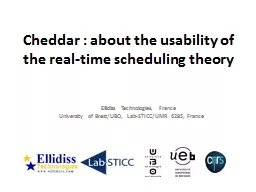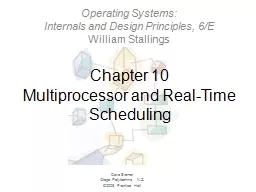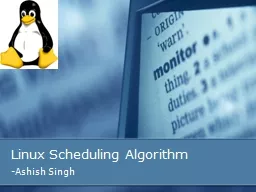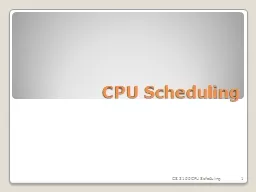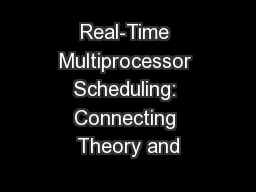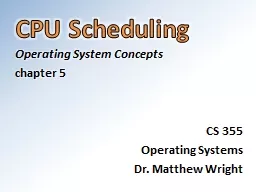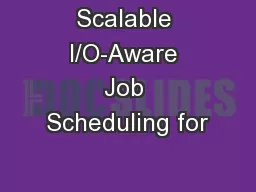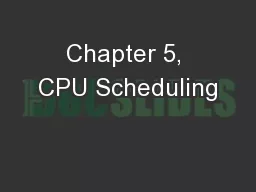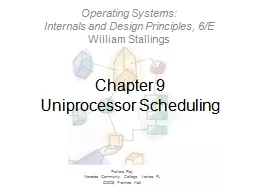PPT-Scheduling of Non-Real-Time
Author : lois-ondreau | Published Date : 2018-03-14
Tasks in Linux SCHEDNORMALSCHEDOTHER David Ferry Chris Gill CSE 422S Operating Systems Organization Washington University in St Louis St Louis MO 63143 1 Traditional
Presentation Embed Code
Download Presentation
Download Presentation The PPT/PDF document "Scheduling of Non-Real-Time" is the property of its rightful owner. Permission is granted to download and print the materials on this website for personal, non-commercial use only, and to display it on your personal computer provided you do not modify the materials and that you retain all copyright notices contained in the materials. By downloading content from our website, you accept the terms of this agreement.
Scheduling of Non-Real-Time: Transcript
Download Rules Of Document
"Scheduling of Non-Real-Time"The content belongs to its owner. You may download and print it for personal use, without modification, and keep all copyright notices. By downloading, you agree to these terms.
Related Documents


